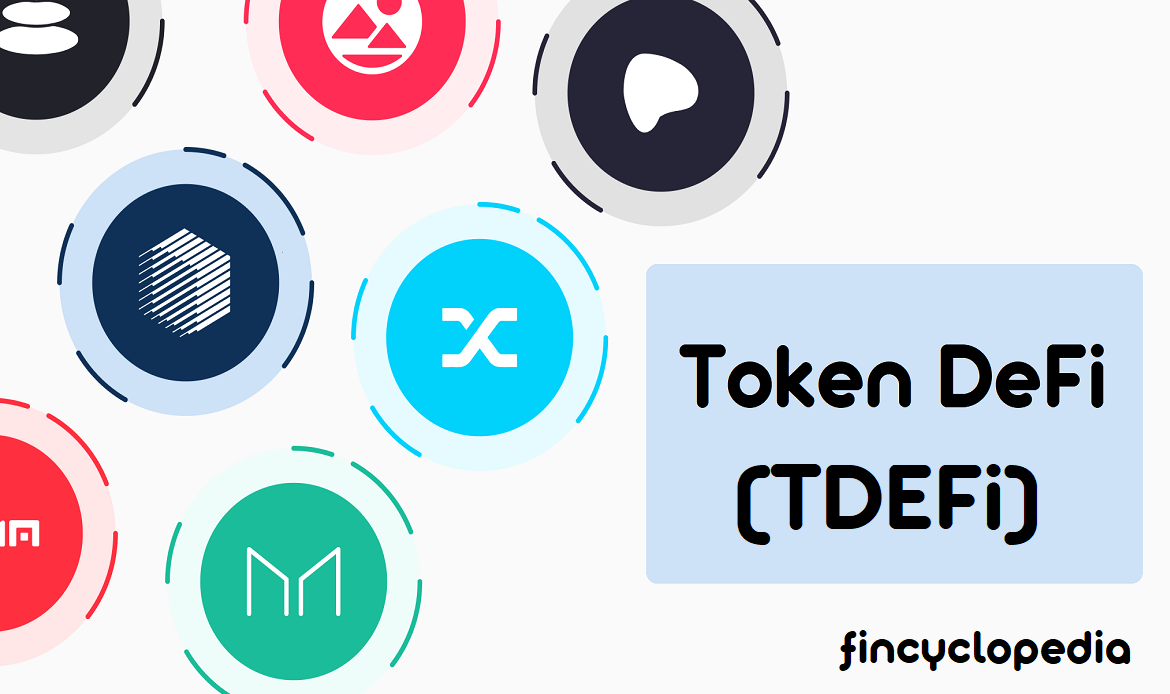A hybrid financial instrument is a financial instrument that combines multiple elements or components of different, distinguishing features, particularly debt-type (debt instrument) and equity-type (equity instrument) together in the same structure. A hybrid financial instrument could be either a debt instrument (e.g., a bond) with equity features or a share with debt characteristics.
From a different perspective, a hybrid financial instrument is an instrument embedded with certain types of derivatives (embedded derivatives). The instrument plays host to the embedded derivatives, and usually comes in two key forms: debt host and equity host (host contract). An example is a 3-year certificate of deposit (CD) issued by a bank. The holder would receive its par value in addition to a return linked a reference rate (e.g., stock index). In this case, the host contract (i.e., the certificate of deposit) comes with an embedded derivative (an option on the index).
According to the narrow approach, a hybrid financial instrument is defined as an instrument containing an embedded instrument whose financial effect needs to be bifurcated (by means of bifurcation), though in its very nature, it is a mixed form of two distinct components or more, and cannot be split into its building blocks. The hybrid elements give rise to mismatches related to recognition and measurement across different countries.







